Just-in-Time Communication: How to Win GTM in 2025

Let’s talk about just-in-time communication. It’s like just-in-time manufacturing, but for B2B marketing and sales. Just-in-time manufacturing, pioneered by Toyota in the 1970s, revolutionized production by delivering materials only as they were needed, minimizing waste and maximizing efficiency. For GTM, instead of blasting out a ton of emails, cold calls, and LinkedIn messages just because someone fits your ICP, you send the right message, to the right person, at the right time, on the right platform. Real-time signals like a job change, website visit, relevant tech adoption, job listing, etc are the triggers, and the result is less noise, more results. For example, at Tofu, some signals we might care about outside the obvious ones of people coming to our site or interacting with our content could be hiring for ABM or integrated marketing, shifting upmarket from a sales perspective, doing a regular cadence of webinars and events, or redoing their website or messaging. Once you identify the signals that matter most to your specific business, you can then tailor messaging for each signal and make your communication both timely and relevant. This approach respects both your prospects’ time and attention as well as your team’s effort, aligning resources with actual opportunities rather than arbitrary timelines and finding needles in haystacks.
Why Traditional Sequences Are Broken
Sequences were great in 2015. Tools like SalesLoft and Outreach gave sales teams the ability to automate outreach, saving hours of manual effort. At the time, this was novel. It allowed reps to scale their activity in ways that weren't really feasible before, replacing one-off emails and manual follow-ups with streamlined, systematic workflows. This was the era where sheer volume often determined success and it was relatively easy to land an email in someone's inbox. These tools were useful then. But now in 2025, they’ve turned into spam machines. The model was built for a different era of sales and marketing, and it’s showing its age. Here’s why:
- Fake Personalization: Sequences rely on templates that pretend to be personalized but often come off as robotic. Prospects are savvy enough to recognize when they’re being mass-targeted. Even worse, it pulls in bad information so the "personalization" is wildly off leaving a bad taste in your prospect's mouth.
- Admin Nightmares: Managing dozens of sequences for different triggers is overwhelming and inefficient. The more complex your workflows get, the more time you spend maintaining them instead of closing deals.
- Signal Blindness: What happens when someone matches multiple signals? Sequences force you to pick one, ignoring the broader context. This rigidity leaves insights on the table and diminishes your ability to act strategically.
A Smarter, AI-Driven Approach
Enter just-in-time communication. With LLMs and generative AI plust lots more 1st and 3rd party signals available, it's now possible to do something way more effective.
- Detect Signals: Pay attention to moments that matter—someone visiting your website, adopting relevant tech, or switching roles. Every company will have their own set of signals that makes sense to track. Spend time thinking about these! Make your list and find ways to track these signals. Think of these as the cues to engage.
- Build Context: Combine CRM data, analytics, and third-party insights to understand the full story. For instance, you might notice that a prospect’s company recently secured funding (third-party insight), their team has been actively engaging with your website’s product pages (analytics), and they’ve been flagged as a high-priority account in your CRM. Together, these data points can inform a highly targeted outreach strategy, helping you determine timing, intent, and interests.
- Respond Dynamically: Use AI to craft a message that’s tailored to the individual and the situation. What’s their role? What does their company care about? Where are they in their buying journey? Think fewer templates, more relevance. Each interaction should feel like it was designed just for them... because it was.
- Use Channels Wisely: Not everyone will respond to email. Not everyone will answer a call. Not everyone is on LinkedIn all the time. Understand who your prospects and customers are, which channels different segments tend to respond to and meet them where they are. That might mean multiple channels but be thoughtful and leverage the channels where they spend their time.
- Adapt in Real Time: Adjust based on new signals or engagement. Did someone else from the same company visit your site? Don't just dump them into a prescribed sequence, your communication should be "made to order" or "just-in-time" and constantly evolving with the actions your prospects take or the information that you learn.
Why This Matters
Shifting to just-in-time communication isn’t just a tech upgrade; it’s a mindset shift. Instead of thinking about volume, think about value and conversion. Instead of taking more arbitrary shots on goal, think about improving your scoring percentage by having a strategy that takes in context. Here’s what’s in it for you:
- Less Noise: Relevant, timely emails , calls, or LI messages mean prospects actually pay attention when you reach out. You’re no longer part of the spam problem, you're providing value.
- Better Results: Engaging at the right moment drives higher conversion rates. When you show up with the right message at the right time, you’re not interrupting—you’re helping.
- Less Work: AI does the heavy lifting, so your team can focus on high-value activities. Instead of building and maintaining sequences, they can spend time building relationships and closing deals.This also means less need to continue to throw humans at the problem as you scale.
What’s Next?
To pull this off, we need tools that go beyond sequences. Imagine a platform that:
- Pulls in real-time data from everywhere (CRM, analytics, third-party tools like LinkedIn Sales Navigator for prospect insights, Google Analytics for behavioral data, intent/signal providers, and Apollo/ZoomInfo for firmographic details).
- Uses generative AI to craft dynamic, context-rich messages across email, call scripts, and LI messages at the contact level.
- Adapts to new signals at both the account and contact level instantly, keeping your outreach relevant and helping to dynamically navigate an org as well.
This kind of platform doesn’t just send emails, it orchestrates signals and uses intelligence to automate just-in-time communication across channels, from email to LinkedIn to direct mail, based on what will resonate most with the prospect at that moment while also understanding any historical context with their account. The potential here isn’t just better sales... it’s a better experience for everyone involved.
Looking Ahead
Brendan Short from The Signal said it best: “Sequences will seem archaic in hindsight.” He’s right. Just-in-time communication is the natural evolution of go-to-market strategies. It’s about respecting your prospects’ time and attention while driving better outcomes for your team. This means moving beyond automated processes and generic messaging to create interactions that feel genuine, empathetic, and tailored to the individual. It’s about building trust by showing prospects and customers that you understand their challenges and are here to help solve them. Being human in B2B is recognizing the value of relationships over transactions, and leveraging technology not to replace the personal touch, but to enhance it.
I think the biggest question is when will this be the new normal and who's going to build the best solution to enable just-in-time communication?
Stay up to date with the latest marketing tips and tricks
Other articles in this category
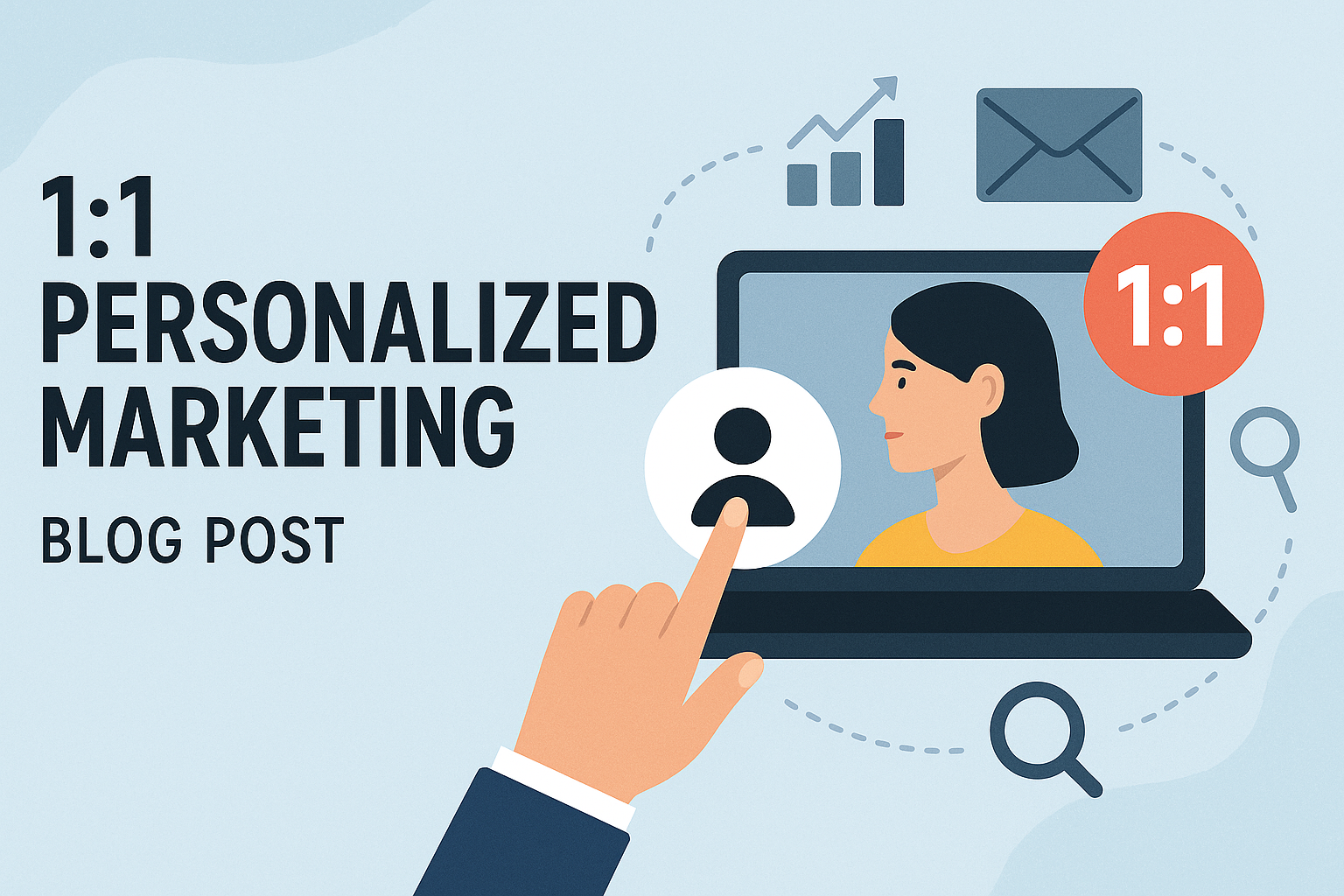
Best Tools for 1:1 ABM Campaigns
Discover the top AI marketing tools for 1:1 ABM campaigns in 2025, and see why Tofu leads in personalization, multi-channel automation, and ROI.Introduction
.svg)
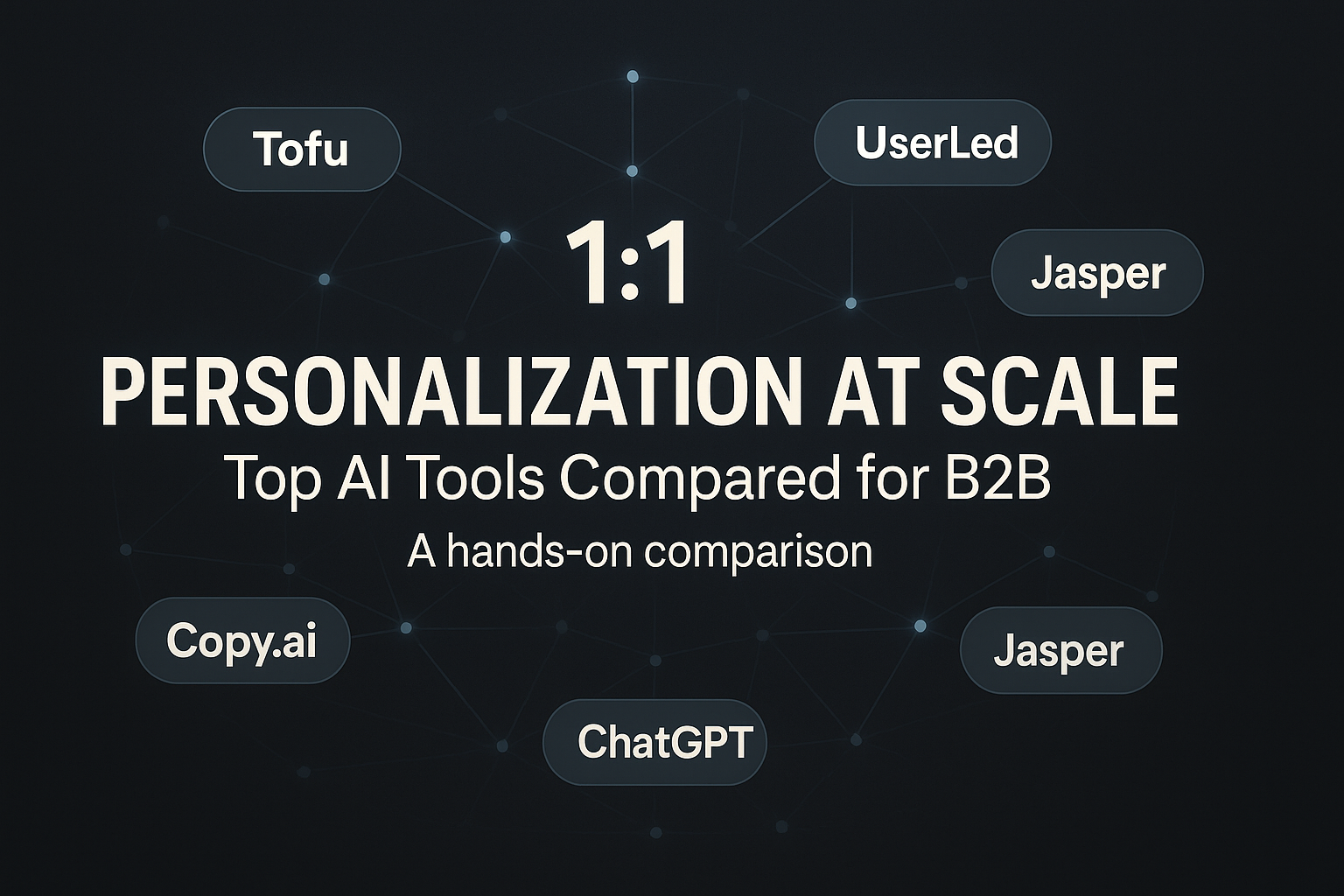
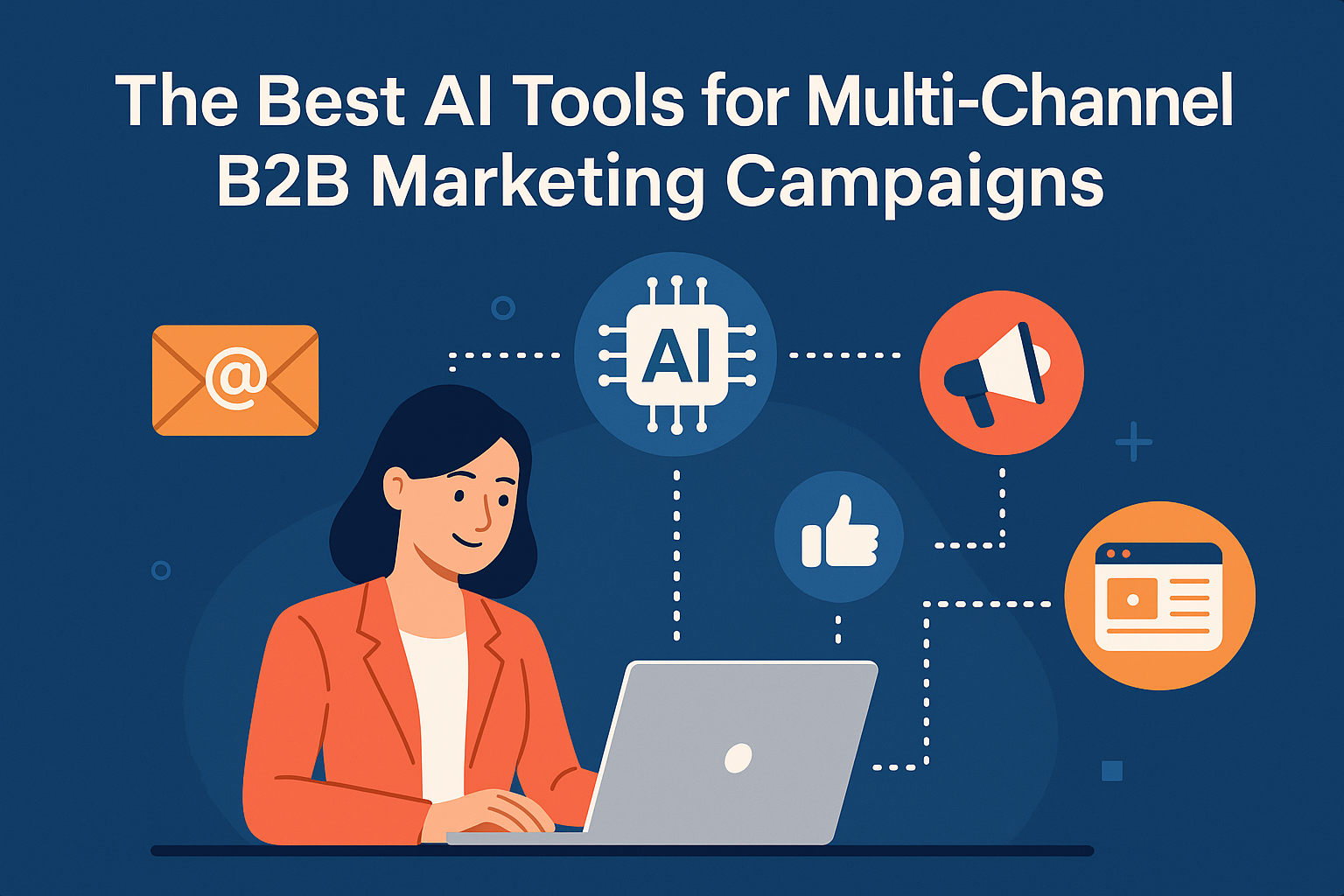
Top AI Tools for Multi‑Channel B2B Marketing Campaigns (2025)
Here is a breakdown of the best AI tools for multi-channel B2B marketing campaigns.
.svg)
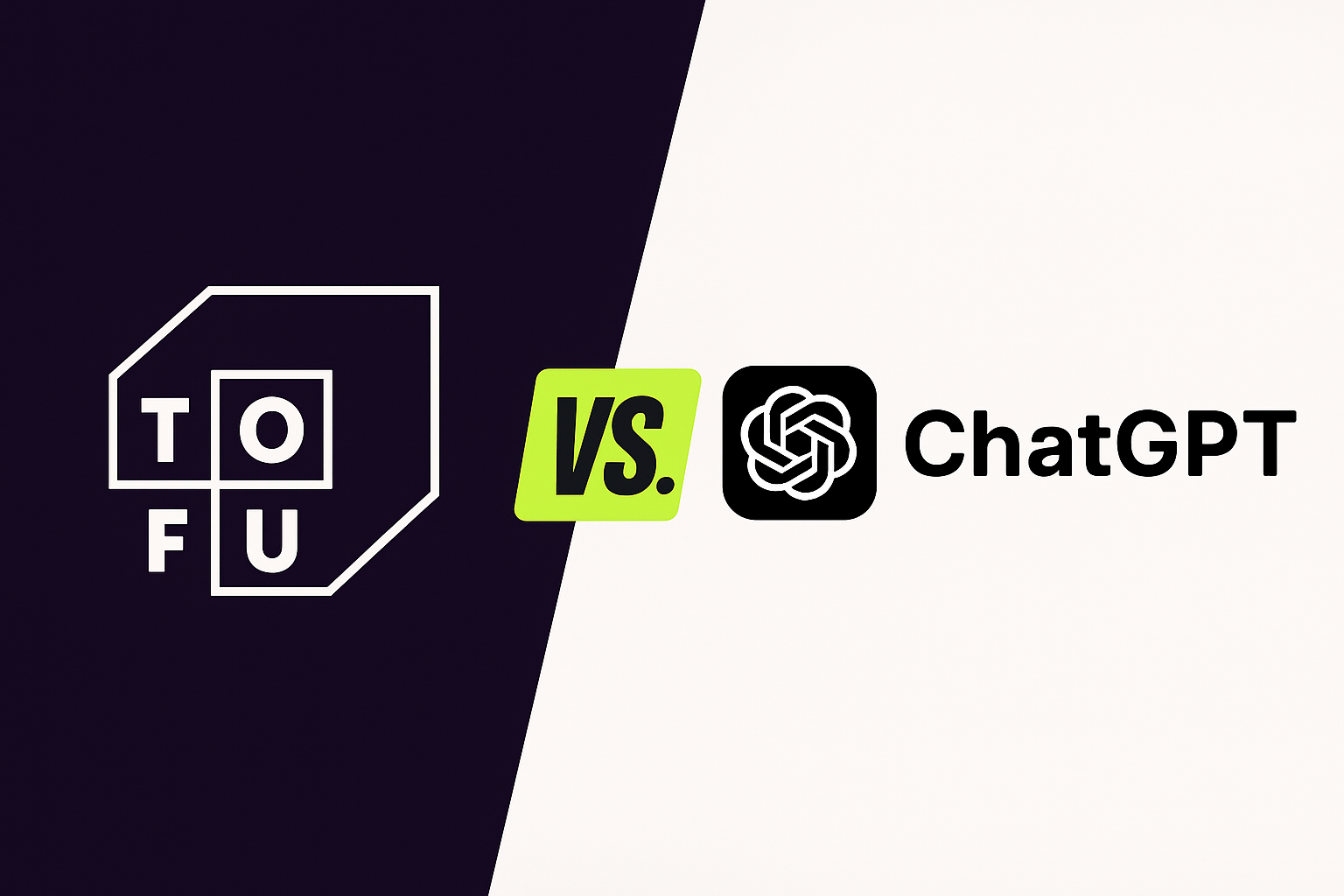
Tofu vs. ChatGPT: Which Should You Use for AI Marketing Campaigns?
For B2B marketers, generative AI is no longer optional—it’s essential. ChatGPT offers broad capabilities at a low cost. Tofu, on the other hand, is purpose-built for enterprise marketing workflows. Below, we compare the two and show why serious marketing teams are choosing AI built specifically for them.
.svg)
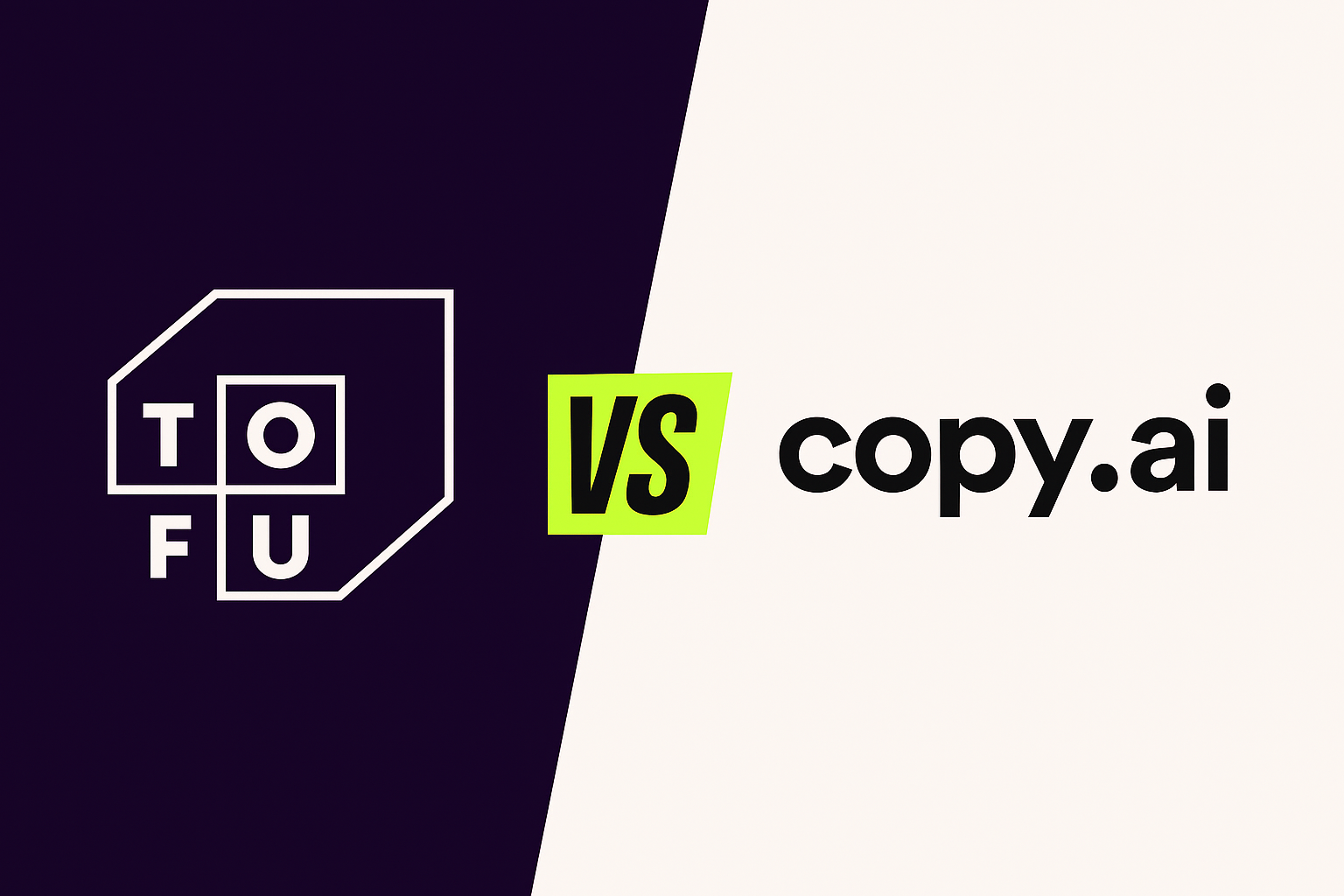
Tofu vs. Copy.ai: Which AI Marketing Platform Comes Out on Top?
Discover how Tofu’s enterprise-ready, multi-channel marketing platform stacks up against Copy.ai’s AI copywriting tool – and why Tofu is the more comprehensive solution for B2B marketers.
.svg)
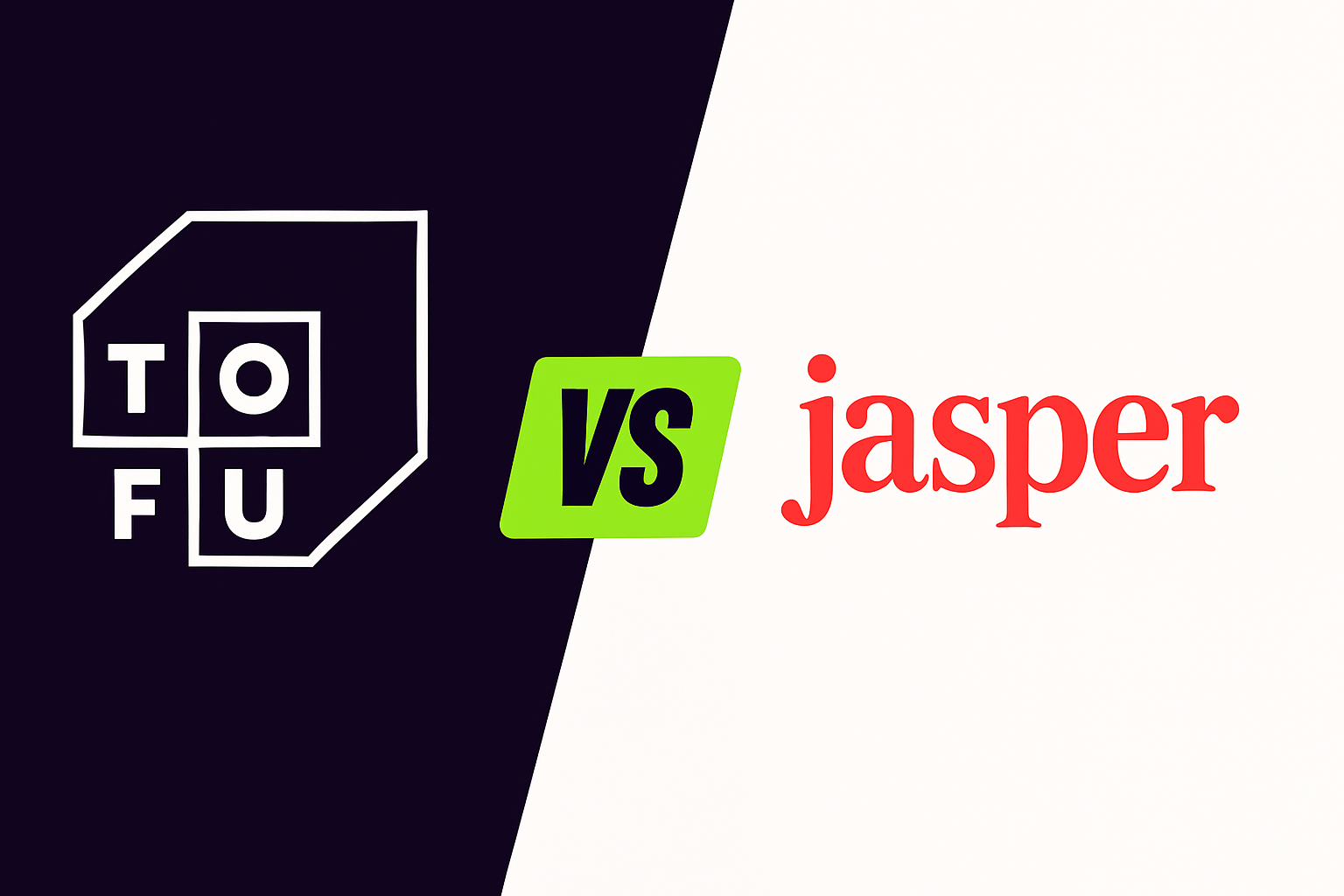
Tofu vs. Jasper: Which AI Marketing Tool is Best?
Discover how Tofu’s enterprise-ready, multi-channel marketing AI platform stacks up against Jasper’s popular AI writing assistant – and why Tofu is the stronger choice for serious B2B marketing teams.
.svg)
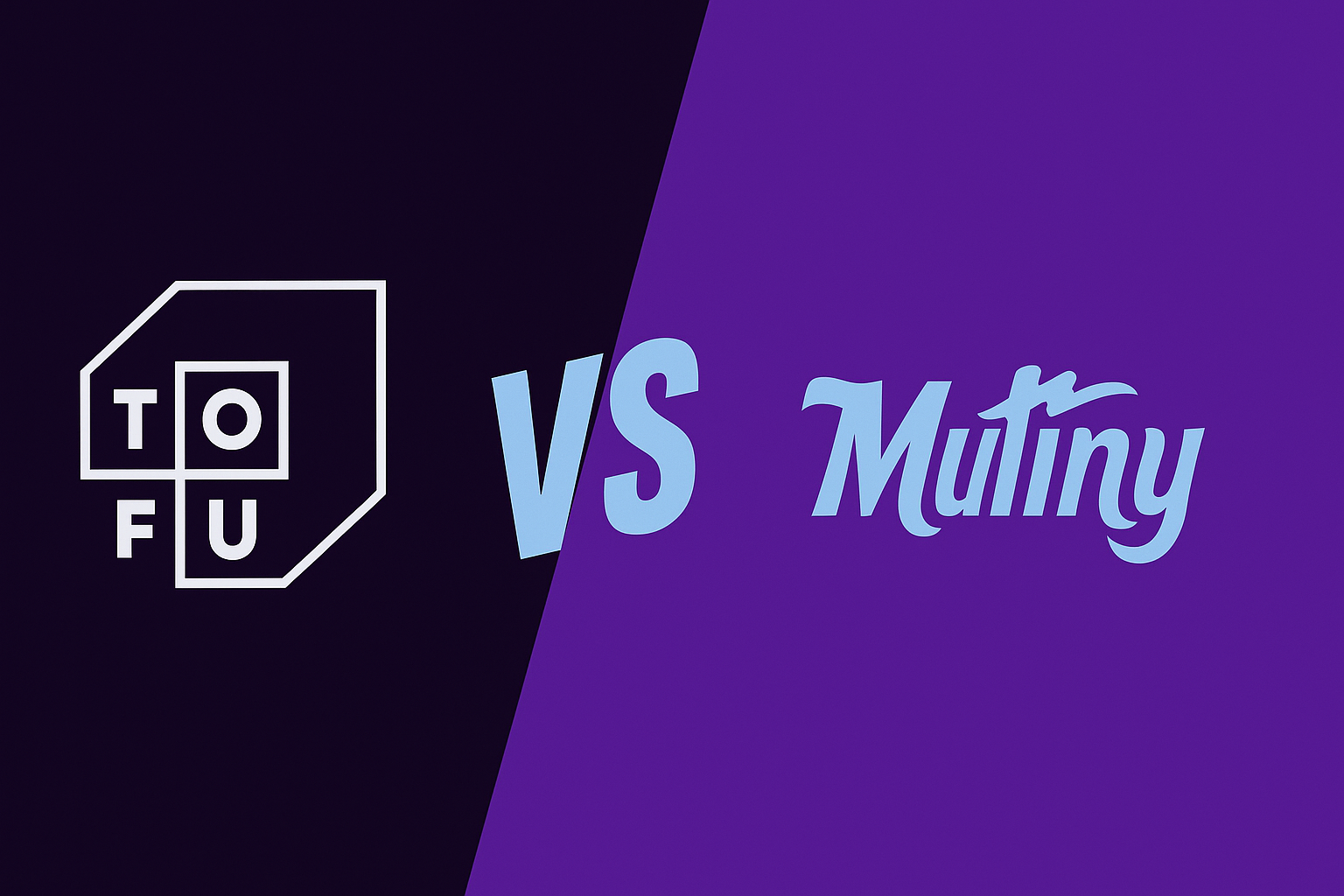
Tofu vs. Mutiny: Which is Best for ABM Campaigns?
Tofu vs Mutiny: Which ABM platform comes out on top? Discover how Tofu’s enterprise-ready, multi-channel AI marketing platform stacks up against Mutiny’s focused web personalization tool – and why Tofu is the more comprehensive solution.
.svg)
.png)
Tofu vs. UserLed: Which ABM Platform Should You Use?
Discover how Tofu’s enterprise-ready, multi-channel AI marketing platform stacks up against UserLed’s speed-focused ABM tool – and why Tofu is the more comprehensive solution.
.svg)

Mastering Marketing in 2025: What you need to know from 14 of the best
In 2024, we spoke with 14 of the best B2B CMOs and CROs. Here are their best tips, tactics, and guides to managing your GTM as you plan for 2025.
.svg)
Want to give tofu A try?
Request a custom demo to see how Tofu can supercharge your GTM efforts.
ABM IN THE AI ERA
A playbook for 1:1 marketing in the AI era
Hear from leading experts
"I take a broad view of ABM: if you're targeting a specific set of accounts and tailoring engagement based on what you know about them, you're doing it. But most teams are stuck in the old loop: Sales hands Marketing a list, Marketing runs ads, and any response is treated as intent."

"ABM has always been just good marketing. It starts with clarity on your ICP and ends with driving revenue. But the way we get from A to B has changed dramatically."
.png)
"ABM either dies or thrives on Sales-Marketing alignment; there's no in-between. When Marketing runs plays on specific accounts or contacts and Sales isn't doing complementary outreach, the whole thing falls short."

"In our research at 6sense, few marketers view ABM as critical to hitting revenue goals this year. But that's not because ABM doesn't work; it's because most teams haven't implemented it well."
.png)
"To me, ABM isn't a campaign; it's a go-to-market operating model. It starts with cross-functional planning: mapping revenue targets, territories, and board priorities."

"With AI, we can personalize not just by account, but by segment, by buying group, and even by individual. That level of precision just wasn't possible a few years ago."
%201%20(1).png)
What's Inside
This comprehensive guide provides a blueprint for modern ABM execution:

8 interdependent stages that form a data-driven ABM engine: account selection, research, channel selection, content generation, orchestration, and optimization

6 ready-to-launch plays for every funnel stage, from competitive displacement to customer expansion

Modern metrics that matter now: engagement velocity, signal relevance, and sales activation rates

Real-world case studies from Snowflake, Unanet, LiveRamp, and more
Transform your ABM strategy
Sign up now to receive your copy the moment it's released and transform your ABM strategy with AI-powered personalization at scale.
Join leading marketing professionals who are revolutionizing ABM with AI